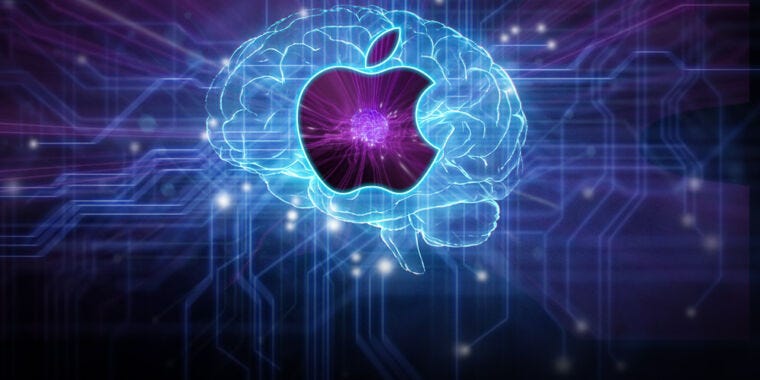How machine learning enables Mac iOS?
Apple’s use of artificial intelligence elements may not be as showy as that of other corporations. Nonetheless, there are a number of intelligent features spread throughout iOS. Mac does not officially mention “artificial intelligence” or AI in a significant sense, but the business is not disregarding the innovation. Machine learning has become an umbrella term for Apple’s AI projects. In iOS, Apple employs artificial intelligence and machine learning in a variety of techniques. Here’s a rundown in which you may discover it.
Apple has been utilizing machine learning in iOS and other platforms for many years. The first practical application of Apple’s software keyboard was on an iPhone. Apple utilized predictive machine learning to accurately determine the specific letter being pressed by an individual. The technology also tried to predict the next word the user would enter. An ML system is capable of learning without explicit supervision. It is frequently used for identifying patterns in data and providing accurate findings. This system has gained appeal as a subset of artificial intelligence. Apple has included these functionalities for many years.
ML areas
By 2023, Apple will have used ML in almost every nook and corner of iOS. It can be found in the way consumers browse for photographs, engage with Siri, receive event ideas, and much more. In terms of privacy and security of data, ML algorithms help the end consumer. This enables Apple to maintain critical data on the device rather than depending on the internet. Apple created the Neural Engine to aid improve machine learning and all of the other essential computerized procedures in iPhones. It debuted with the iPhone’s A11 Bionic CPU to assist with various camera tasks including Face ID.
What is Siri?
Siri isn’t exactly artificial intelligence, but it depends on AI technologies for its operation. Siri uses the on-device Deep Neural Network and machine learning to understand requests and provide replies. Siri is capable of handling a variety of speech and text-based requests, from basic research to operating built-in applications. Users may ask Siri to handle sounds, set a clock, check the temperature, and much more.
Calendar for iOS
Machine learning techniques streamline tasks and make intelligent recommendations to users. For example, if an iMessage has a date or recommendation, iOS can recommend adding the occasion to the Calendar app, thereby rendering it easy to recall and available with a few touches. The Calendar app for iOS is a handy tool for scheduling and meetings with configurable features such as due dates, repetitive tasks, and activity management. It’s free, already installed, and works with a variety of user accounts, including iCloud, Yahoo, and Google.
How True Depth camera and Face ID technology is used with iOS?
The TrueDepth camera is an essential component of Face ID, allowing reliable identification and access to apps without needing a device’s password. Face ID is no longer functional owing to a bug with the TrueDepth camera. To see if it is turned off, go to Settings and select Face ID and Passcode. Rebooting Face ID may be useful if the camera is disabled. By casting and analyzing hundreds of undetectable dots to build a depth map and infrared image, the TrueDepth camera gathers precise facial data. Face ID is compatible with face masks on iOS 15.4 with iPhone 12 or later. To resolve the problem, clean the device’s top and clear any blockages.
Apple is bringing a number of machine learning-based innovations, namely enhanced keyboards, a new Journal app, and improved dictation and language translation:
- In iOS 17, The “transformer language model” is a machine learning system that improves predicted accuracy by learning commonly typed phrases, including swear words, as people write.
- The Journal app enables users according to past experiences and journal as much as they wish, drawing on recommendations from a variety of organizations.
- In addition, ML is featured in watchOS, assisting in the tracking of sleep, hand washing, and heart health. Apple has been experimenting with artificial intelligence for years, with Microsoft’s AI-powered Bing and Google’s Bard leading the way in public awareness. For the time being, Apple will keep relying on machine learning to deploy processes and improve user interactions.
- Apple is also using machine learning to improve dictation and language translation by machine learning and enhance speech and translation of languages, which will improve availability and interaction. The Translate app, which supports 31 languages and 20 languages, translates text and speech between 11 languages using powerful on-device machine learning using a neural engine. The software additionally offers converting currencies and live text capability for videos.
